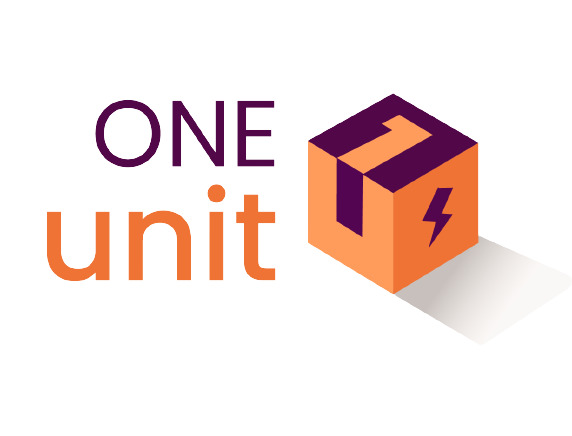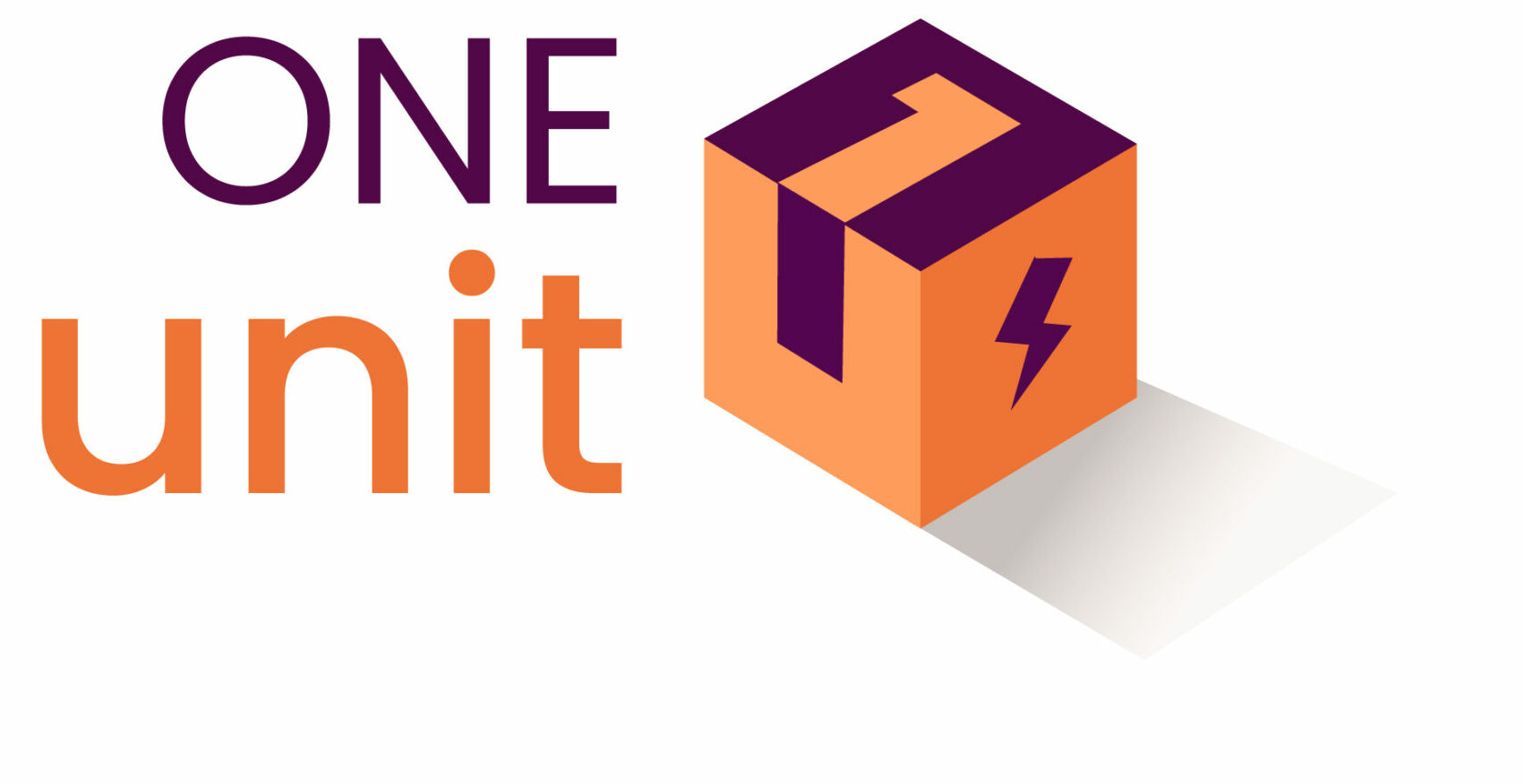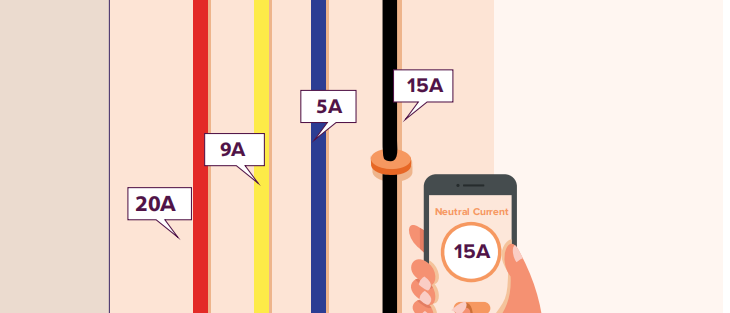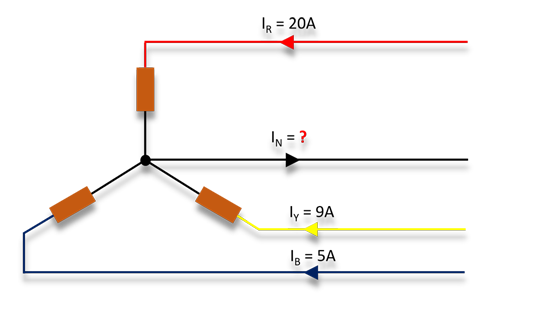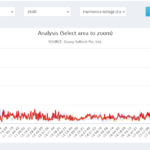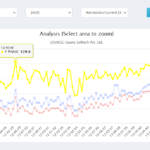What is an Unbalanced load?
In a balanced system, the total active/reactive/apparent powers are simply the sum of their respective phase powers. In simple words, Power delivered to your premises is ideal and 100% efficient with no losses. Phase balancing is very important and usable to reduce distribution feeder losses and Improve system stability and security.
In General, three-phase load balance is the ideal situation for any Electrical system. It determines the quality of delivered Electrical Power. However, unbalanced may makes worse effect on Power quality of Electrical Power at distribution level.
The voltages are quite well balanced from the source which is the Electricity board. But, the voltages levels in your premise can become unbalanced due to the unequal system impedance, the unequal distribution of single phase loads, asymmetrical three-phase equipment and devices, unbalanced faults, damaged wiring, Harmonics, Loose Neutral Line, Overloaded wire.
Unbalanced load effects.
- Increases the neutral flow and leads to power loss.
- Causes differences in Voltage across the individual phases.
- Can damage equipment due to voltage drop.
- Wiring damage (Copper loss) due to excessive current on a phase.
- Neutral line may not handle large currents and can lead to accidents
The higher the voltage unbalance, the greater its impact on Electrical Grids Power Quality. The current unbalance is several times the level of voltage unbalance. Such an unbalance in the currents can lead to excessive line losses, losses in the stator and rotor of Motor, Malfunctioning of Relay, unsymmetrical measuring of Meters. Voltage unbalance also has an impact on ac variable speed drive systems where the front end converter consists of three-phase rectifier systems
Advantages of load balancing.
- Reduces neutral back flow saving on the power wastage.
- Stable Voltage levels on Individual phases.
- Reduces equipment damage.
- Longer wire Life.
Check out how much Neutral current is going through your system Neutral Current Calculator.

